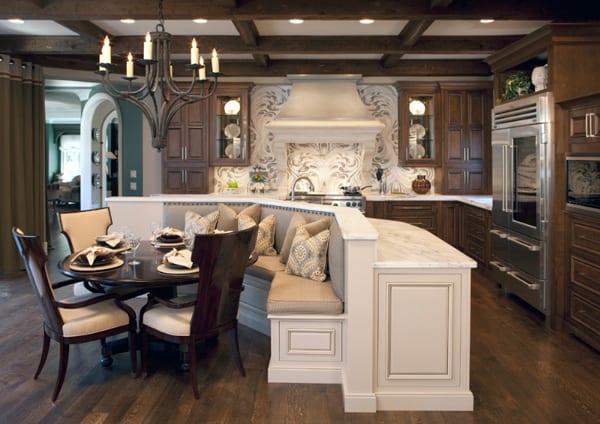
When it comes to designing a fully functional and organized kitchen, kitchen islands will help to fulfill all of your cooking and entertaining needs. A kitchen island should be your focal point in the kitchen and you want to make it unique and interesting. You can stylize it with texture, color or pattern that is different from the rest of the furnishings around it, making the space unique and original. Having an island in your kitchen not only enhances the appeal of the kitchen, it also enables you to have more space for preparing your meals, dining and entertaining.
There are a variety of unusual shapes, materials, and colors to select from, when designing kitchen islands, but the most popular are contemporary, traditional and eclectic style. These kitchen islands are characterized by elegance and refinement. Usually they are positioned in the middle of the kitchen, some are not built in so they can be positioned anywhere you need them to be. We have put together a variety of different styles for you to gather inspiration from, to help you select a unique kitchen island that reflects your personal tastes and lifestyle. So make the center of your kitchen stand out with these functional, eye-catching island ideas!
If you are still seeking further kitchen design inspiration, have a look at some of our past articles that are currently trending, such as 43 Extremely creative small kitchen design ideas and 51 Gorgeous and inspirational kitchens.
What is the function of your kitchen island?
Before you start thinking about smart storage solutions and what range you want, decide what your island’s main function is going to be. Most islands have a side devoted to cooking and a side devoted to eating, but what will your emphasis be? Prep work, cooking, cleaning, eating or entertaining? Or will you use it for everything, including homework and house projects?
If you want appliances and sinks in your island, you’ll need more space. If it will be used just for casual meals, seating should be your priority.
What appliances do you need in your kitchen island?
If you’ve decided you want to integrate appliances into your kitchen island, you need to plan for function as well as spacing. If the main sink is in your island, then you will have to plan to have a dishwasher adjacent to it. How big is your kitchen? If you have a large kitchen and your refrigerator isn’t near the island, you may want a smaller undercounter refrigerator nearby. If you’re installing a cooktop, take the space needed for an exhaust vent or hood into account. Make a list of everything you want in your kitchen island, in order of priority. You may not be able to get everything in your island, but try to get at least your top five features.
How high should the counter be?
First things first: Determine your seating height. If you want to have bar stools at your island, you’ll need to decide if it’s 36 or 42 inches high. A 42-inch-high bar stool and bar tend to have a bit more flexibility — the island can be designed in two levels, with the working side set lower for prep work and the dining side higher to accommodate bar stools. The step in between is a handy place for electrical outlets, too.
How will it fit into your kitchen layout?
Make sure that the working side of your island can function with the opposite kitchen counter. Will it make sense with the rest of your kitchen? Can it complete the work triangle of the sink, range and refrigerator? Or do you need another working area with a prep sink? There should be 3 feet of floor space on the ends of the island. The working sides of an island should have 42 inches of space as a minimum, but more than 5 feet usually isn’t necessary. The entertaining and eating side of the island is usually determined by the adjacent space — a dining room or living room — if there is one.
How much storage do you need?
A lot of this depends on your kitchen layout. If you have space for a lot of cabinetry in the kitchen, island storage may not be a priority. If this is to be your main prep area, the sink and other appliances may have to come first, but try to make room for prep utensils and cutting boards near the sink. The length of your island can be as few as 4 feet, but you should plan for at least 7 feet if you need to accommodate a sink, a dishwasher and a cooktop.
Photo Sources: 1. Insidesign, 2. Bay Cabinetry & Design Studio, 3. Fivecat Studio Architecture, 4. Incorporated, 5. EcoLogic Studio, 6. Banks Design Associates, 7. Divine Kitchens, 8. Gage Homes, 9. Buckminster Green, 10. Candace Barnes Design, 11. Bess Jones Interiors, 12. Bates Masi Architects, 13. Jordan Design Studio, 14. Landing Design & Development, 15. Creative Design Construction, 16. Artisan Kitchens, 17. Oliver and Rust, 18. Mascheroni Construction, 19. Pinterest, 20. McSpadden Custom Homes, 21. Pinterest, 22. j witzel interior design, 23. KitchenLab, 24. Mina Brinkey Photography, 25. Lucid Interior Design, 26. BohLand Homes, 27. Bonfigli Design, 28. Brownhouse Design, 29. Jarrett Design, 30. Cablik Enterprises, 31. Pinterest, 32. Christian Gladu Design, 33. Edward Postiff Interiors, 34. The Sky is the Limit Design, 35. Meredith Heron Design, 36. Mark Hickman Homes, 37. Peter Vitale Photography, 38. Tiger Lily’s Greenwich, 39. Tara Seawright Interior Design, 40. Bruce Kading Interior Design, 41. Jane Kim Design, 42. Ron Brenner Architects, 43. JPID Construction & Design, 44. KitchenLab, 45. RD Architecture, 46. Corynne Pless Designs, 47. Siemasko + Verbridge Design, 48. The Woodshop of Avon, 49. Tess Pace Photography, 50. Pinterest, 51. Studio Frank, 52. Tess Pace Photography, 53. Group 3, 54. TerraCotta Properties, 55. ROM architecture studio, 56. Studio K B, 57. Valerie Pasquiou Interiors + Design, 58. Chelsea Atelier Architect, 59. Actual-Size Architecture, 60. Garrison Hullinger Interior Design, 61. Stonewood LLC, 62. Lisa Wolfe Design, 63. Kerr Construction, 64. Pinterest, 65. Andre Rothblatt Architecture


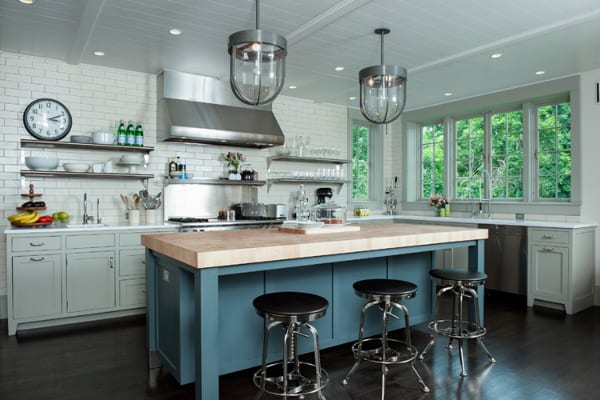
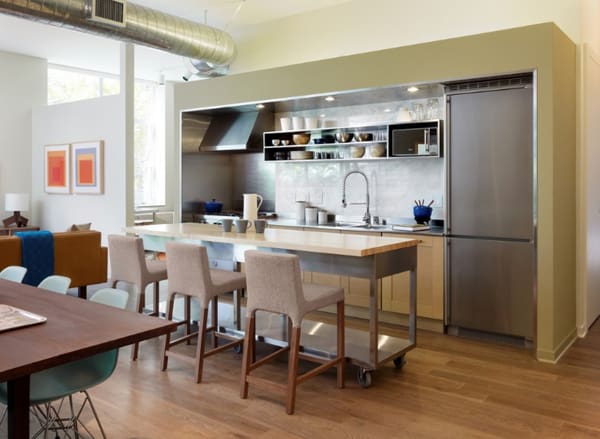
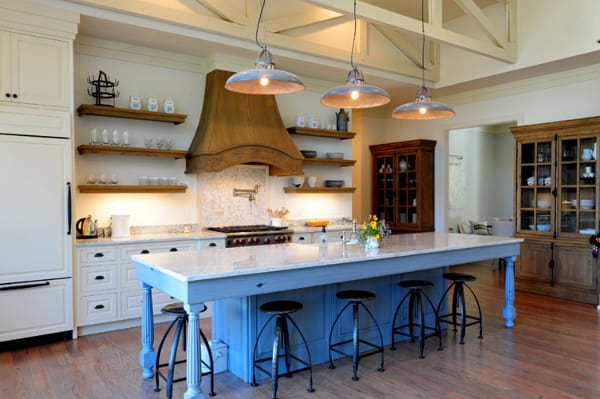
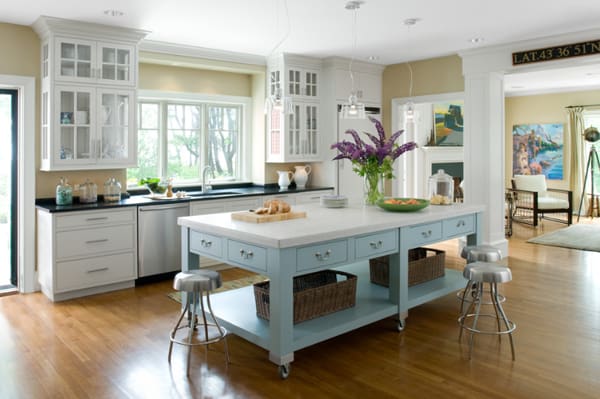
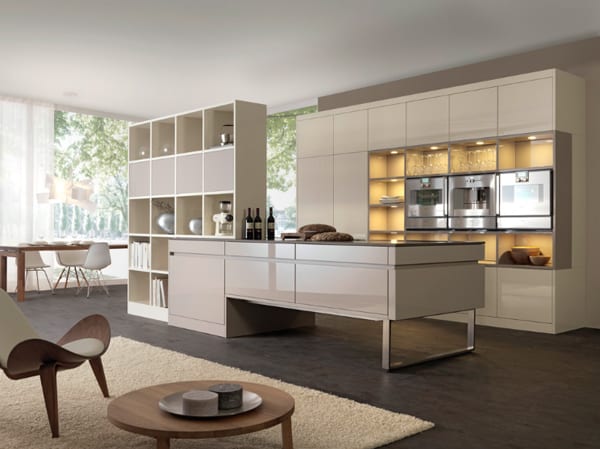
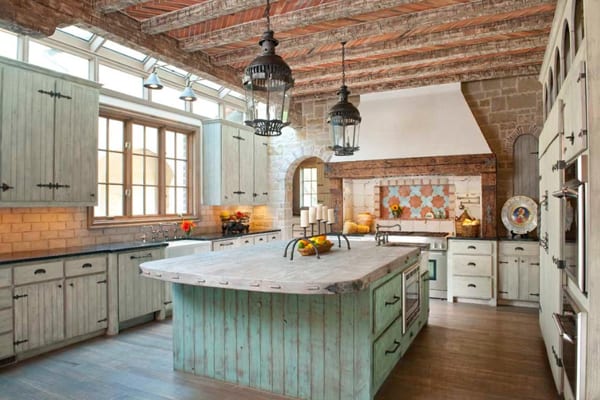
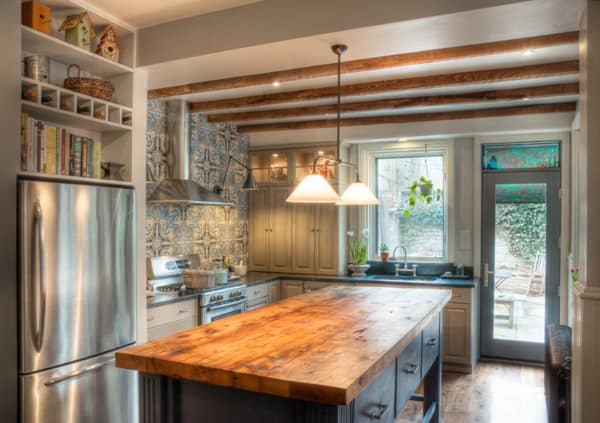
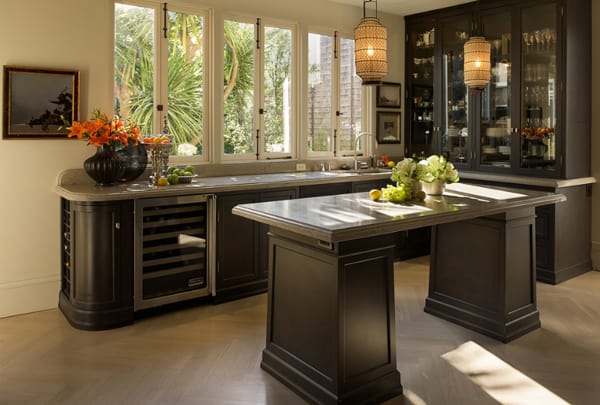
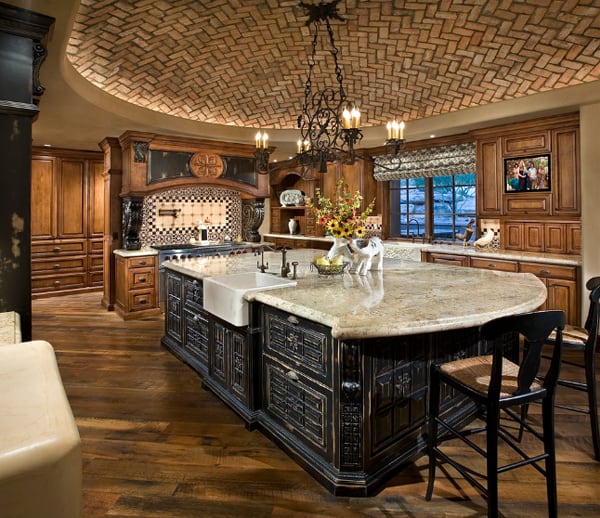
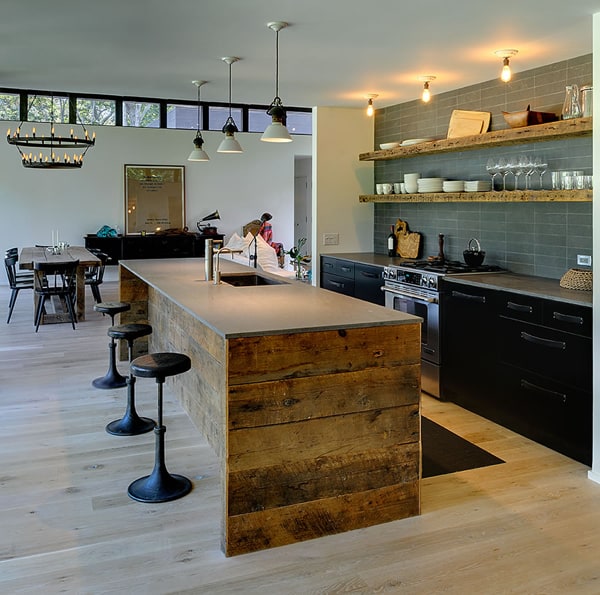
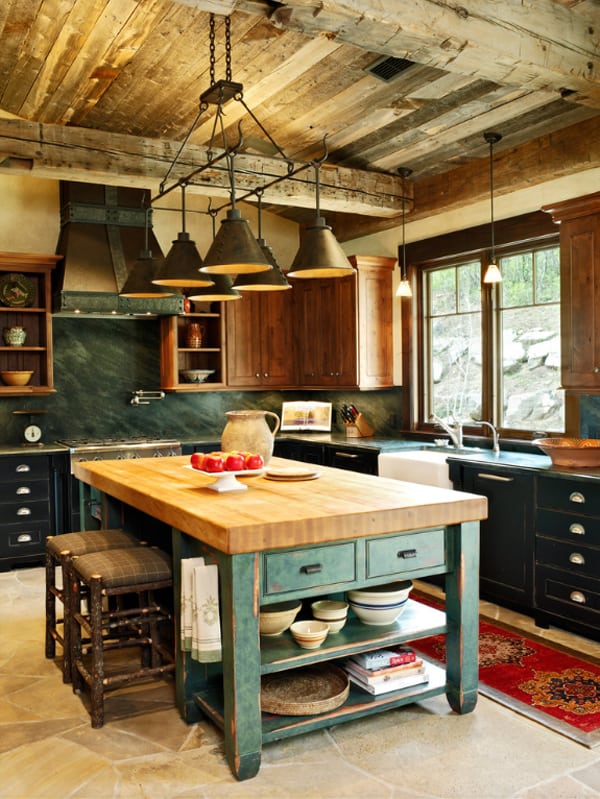
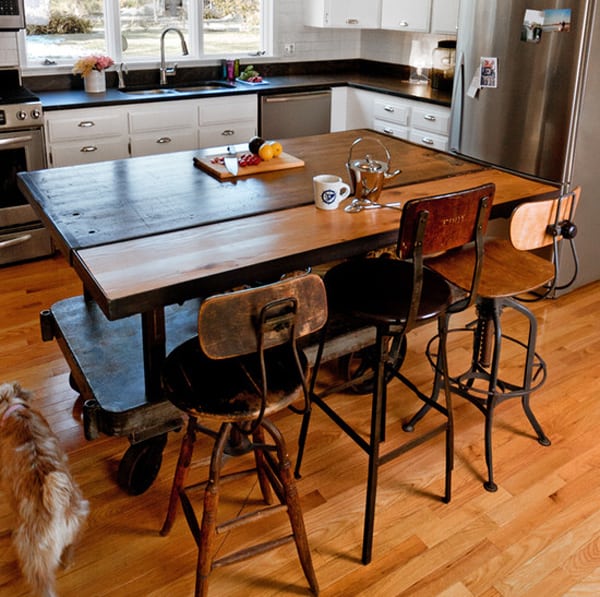
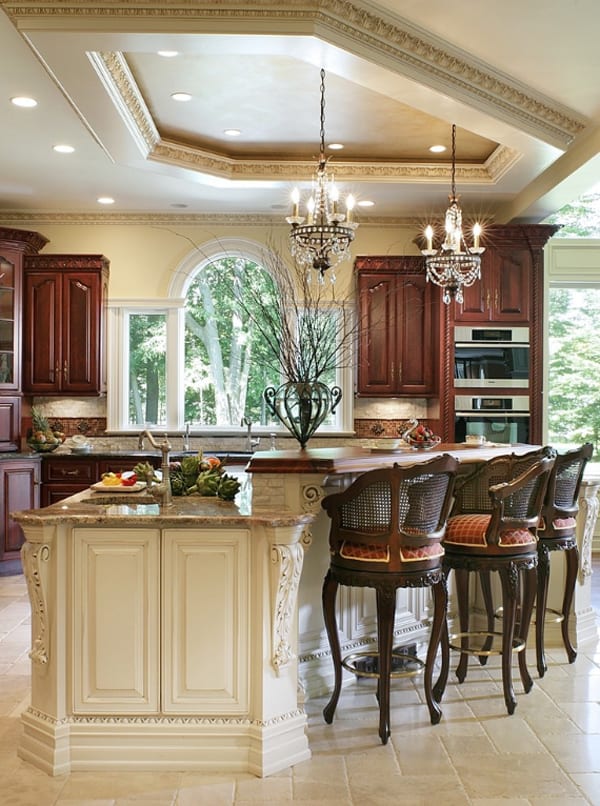
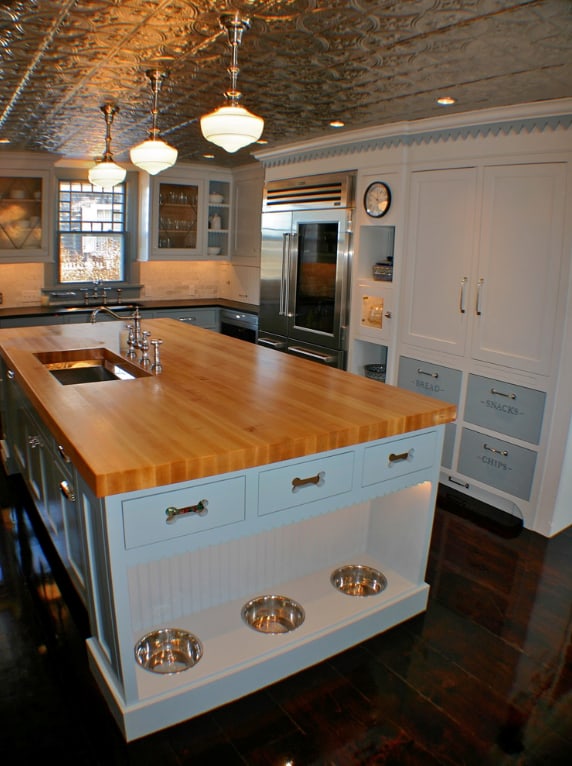
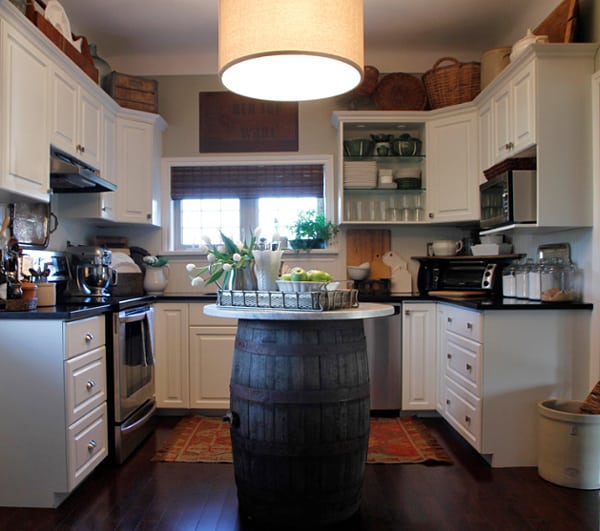
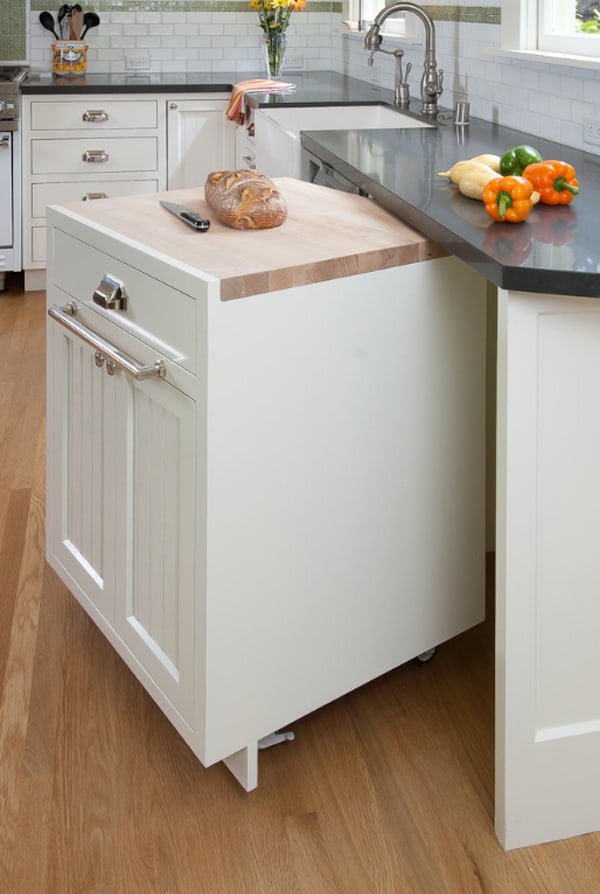
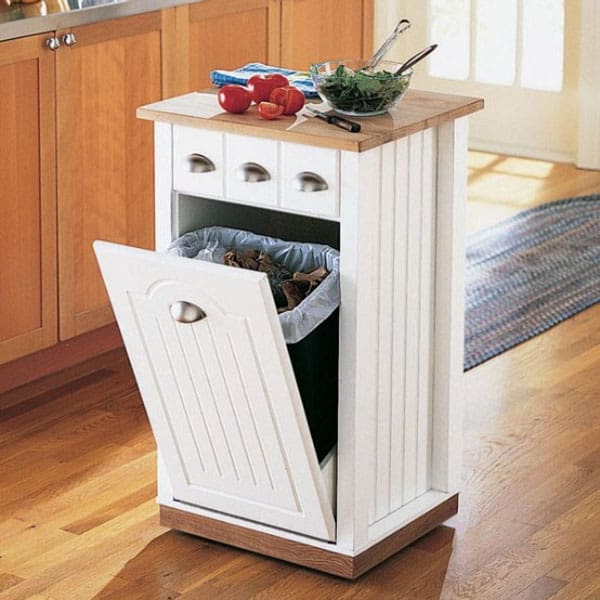
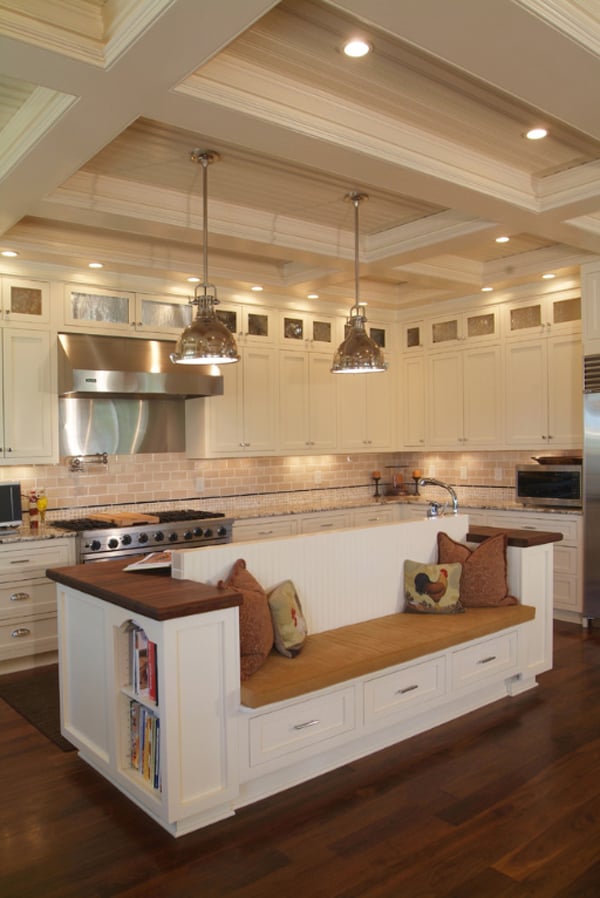
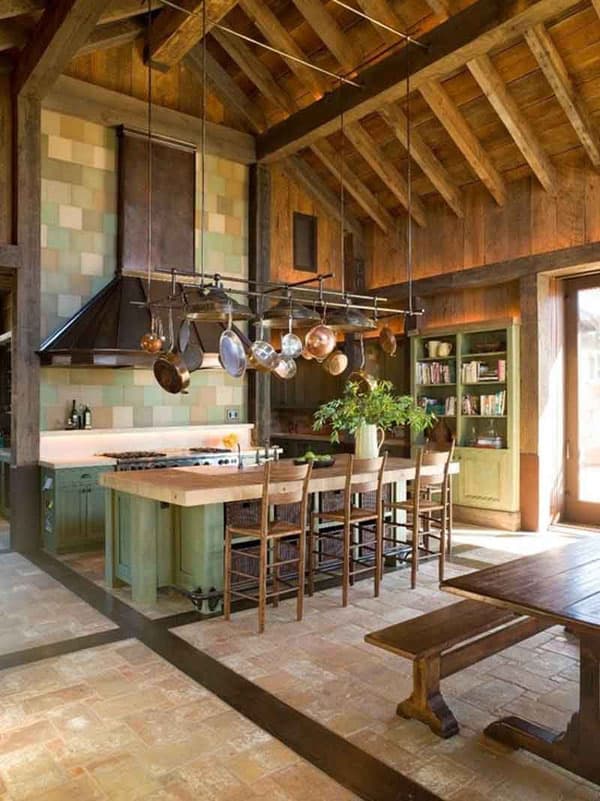
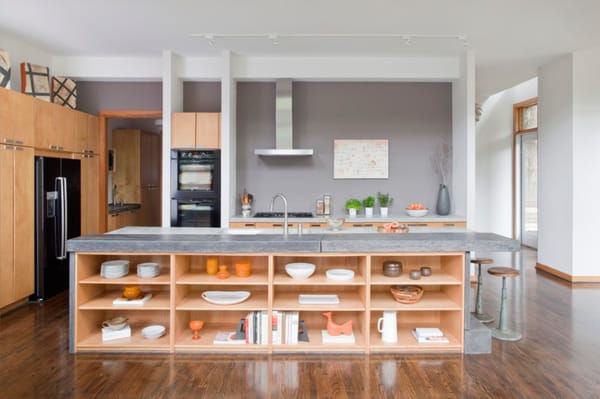
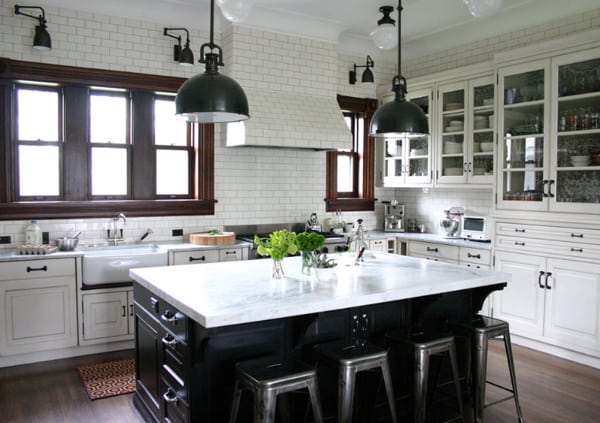
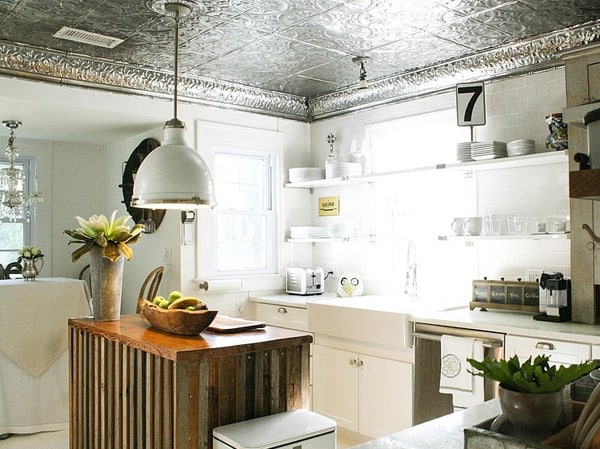
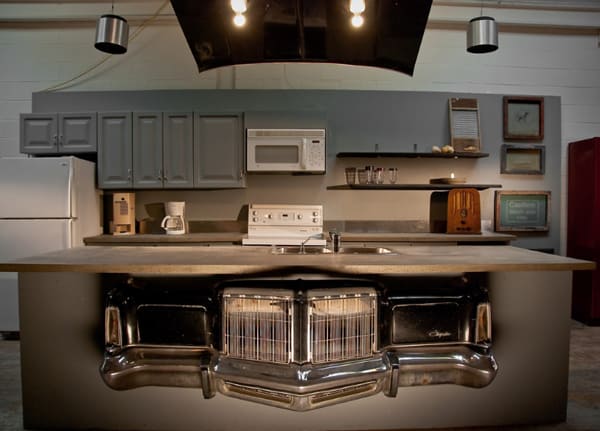
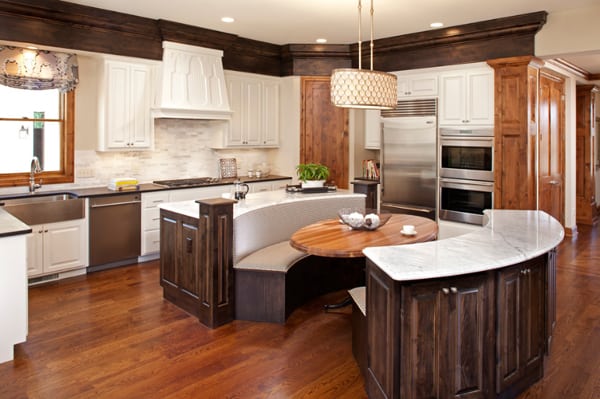
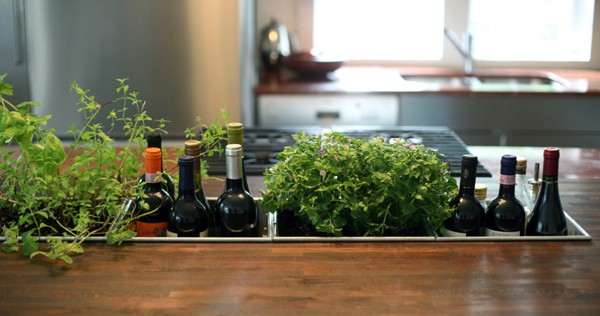
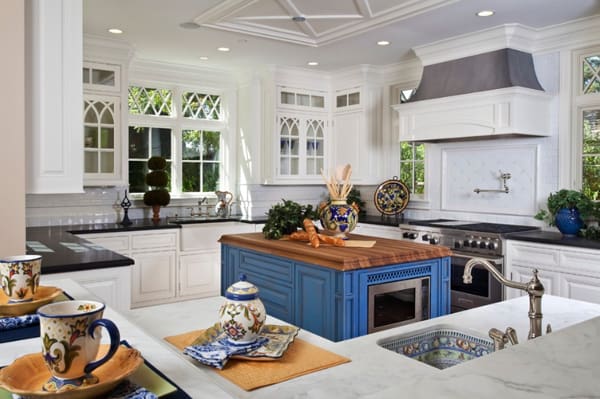
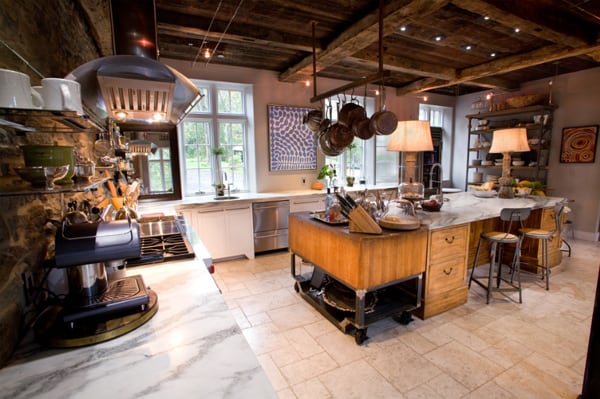
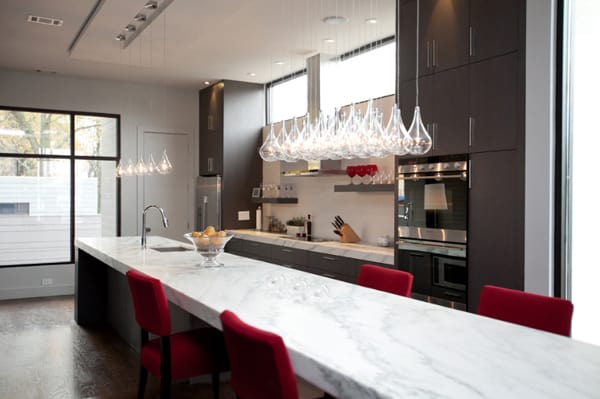
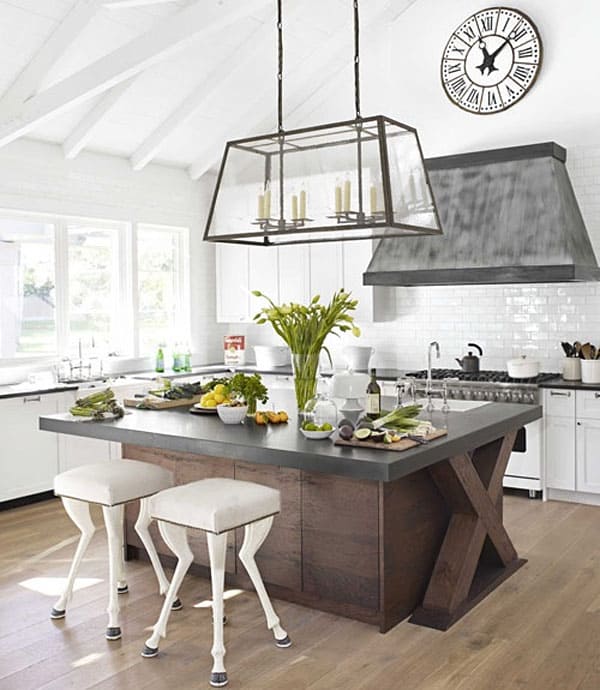
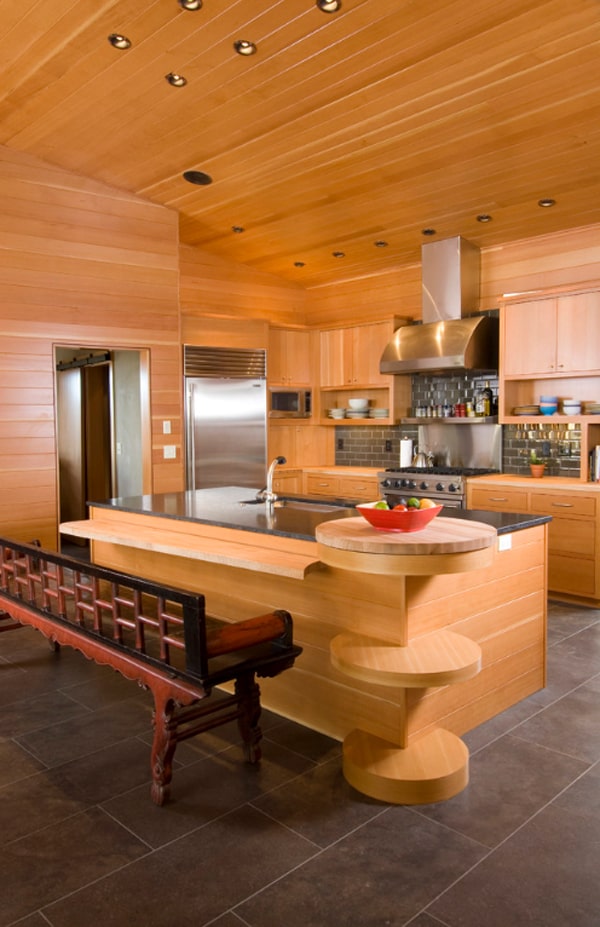
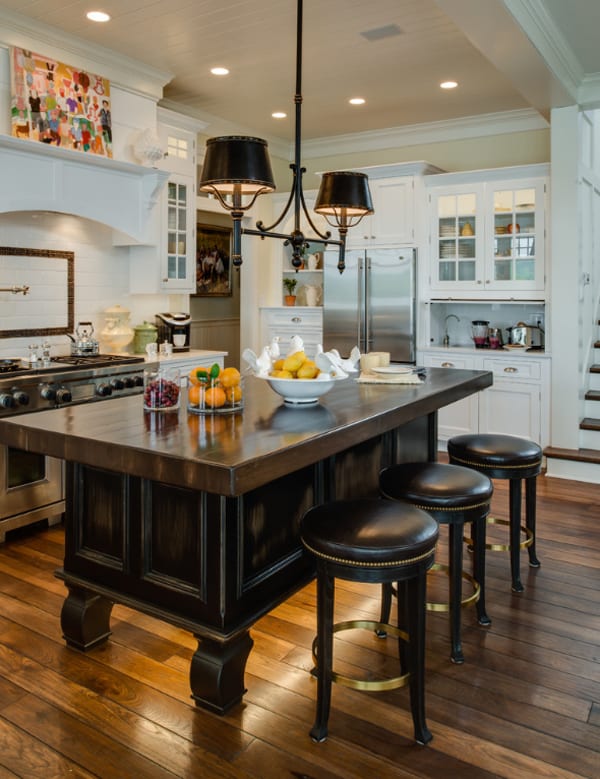
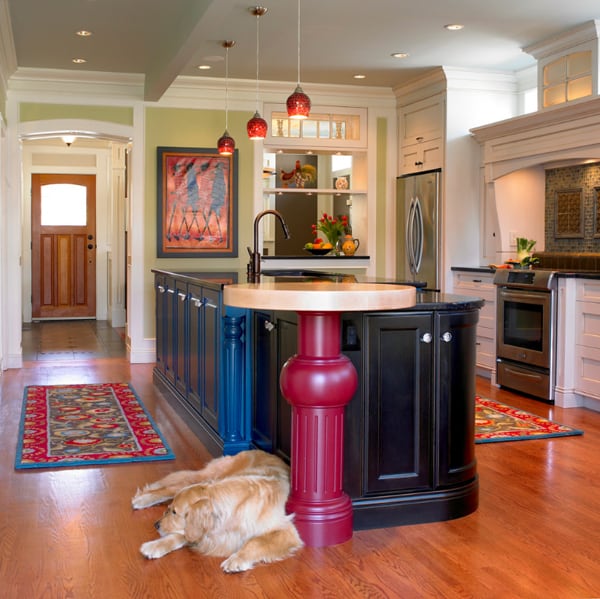
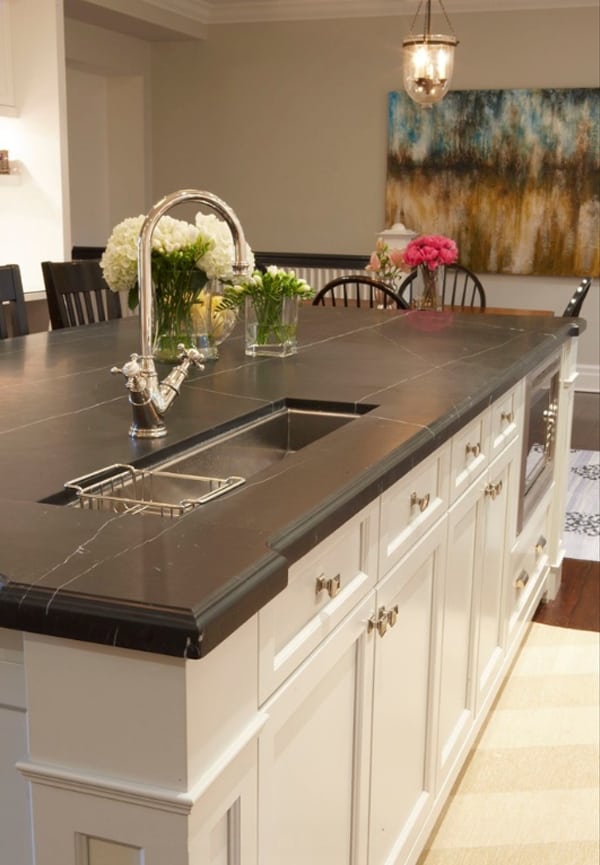
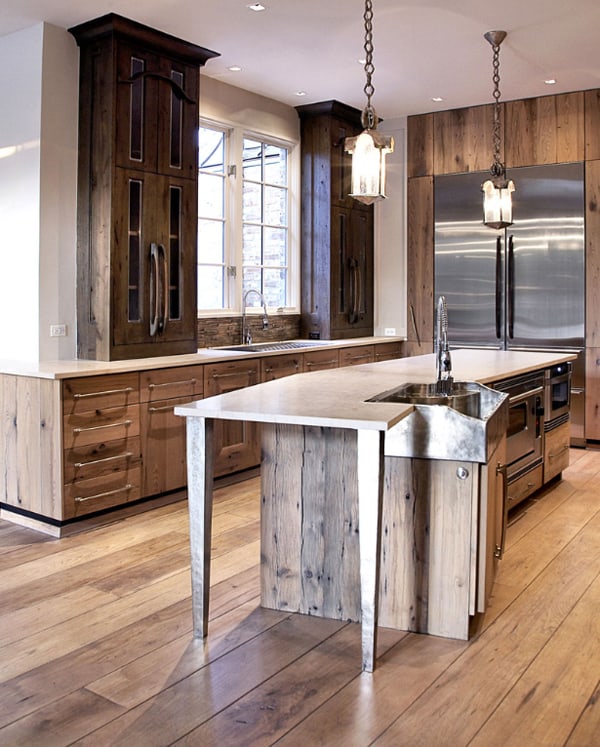
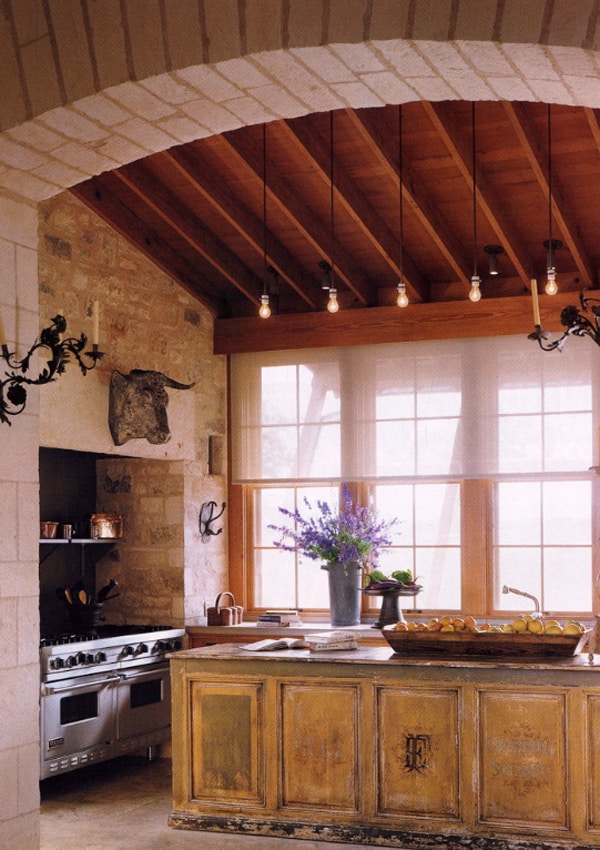
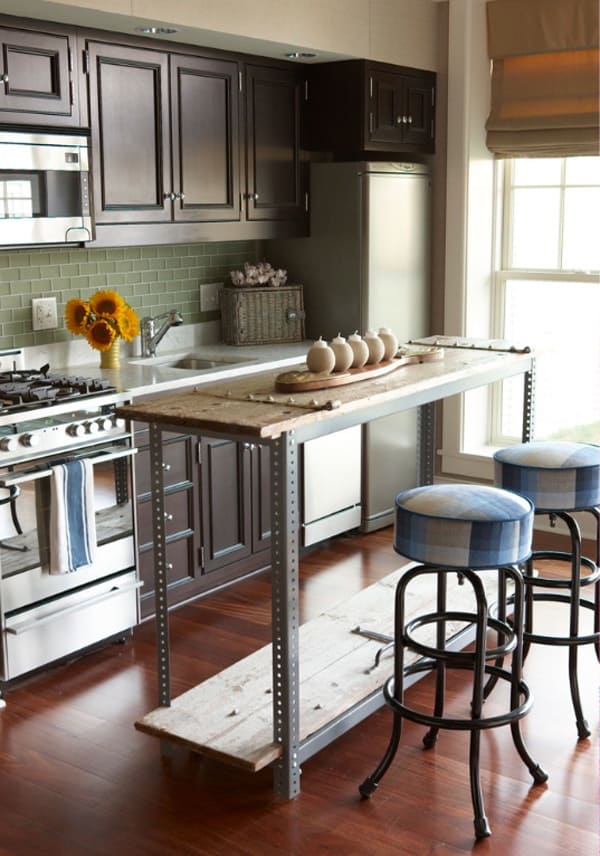
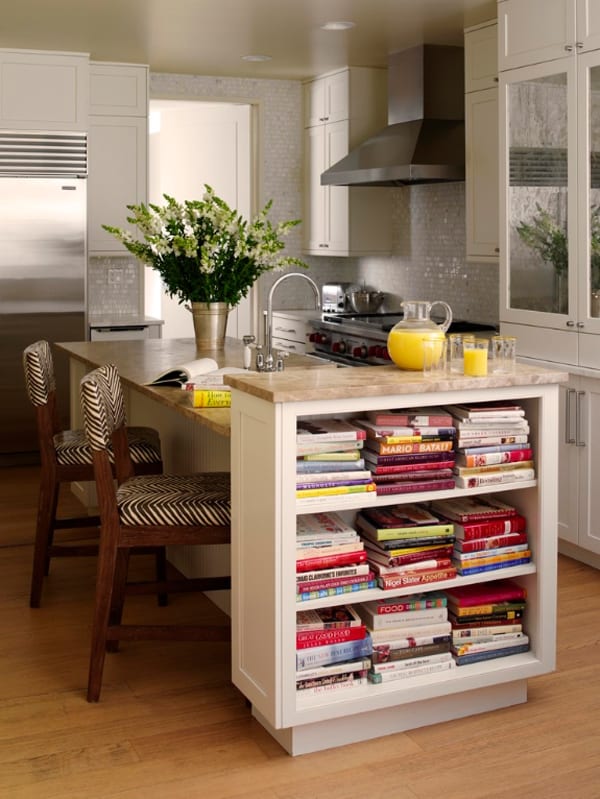
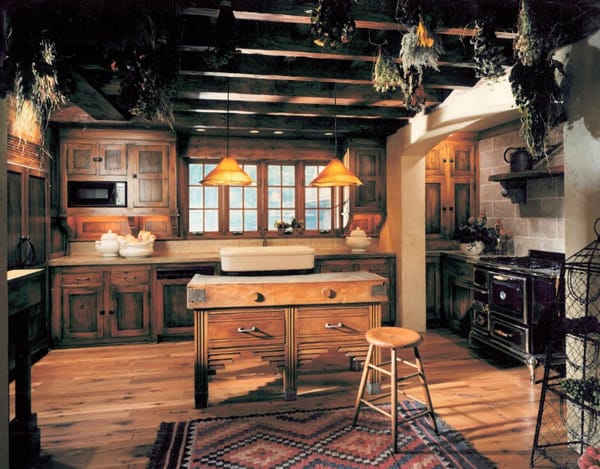
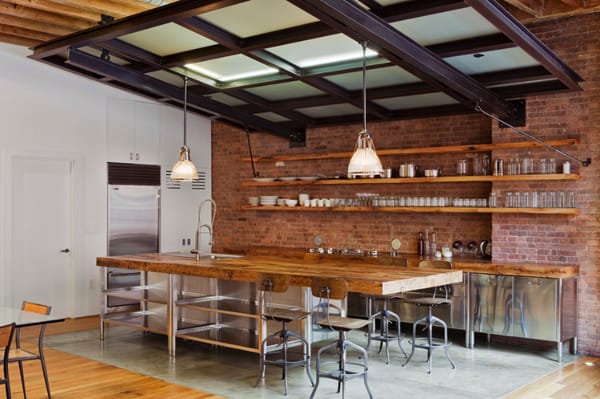
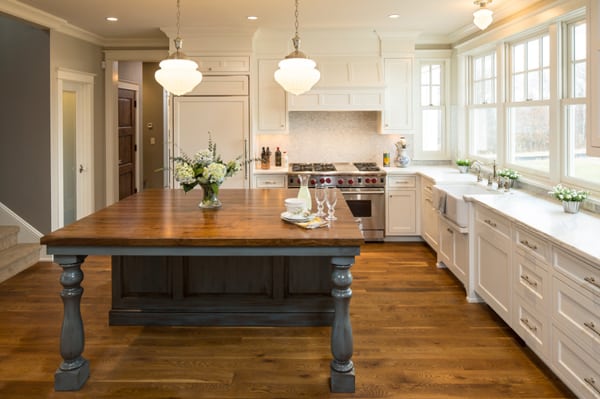
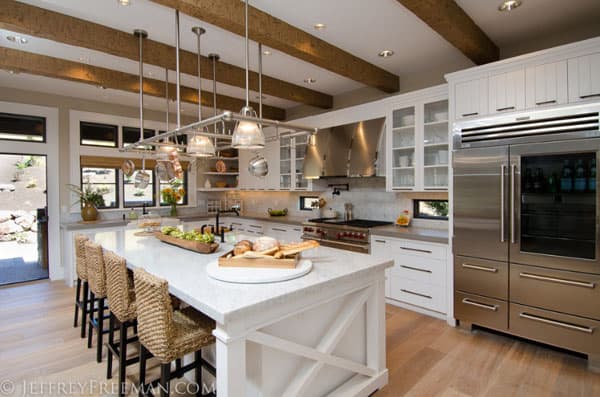
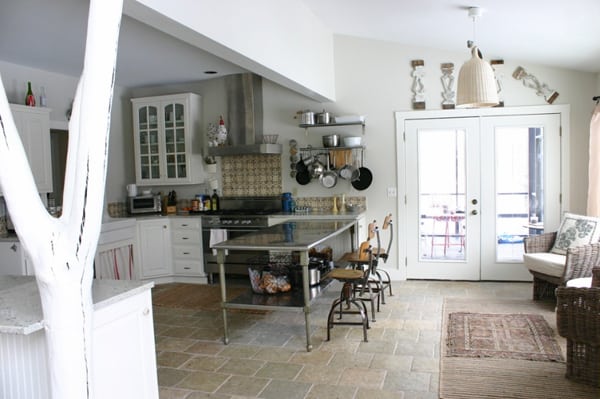
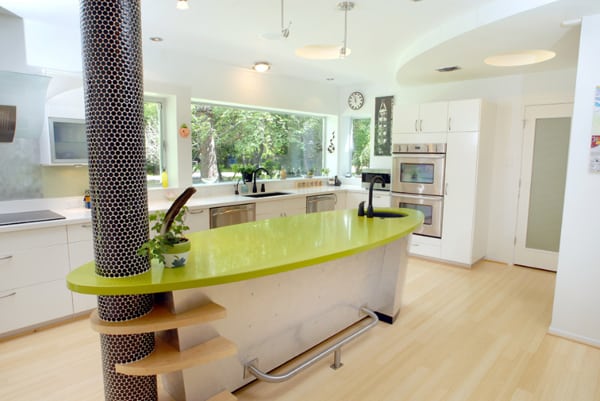
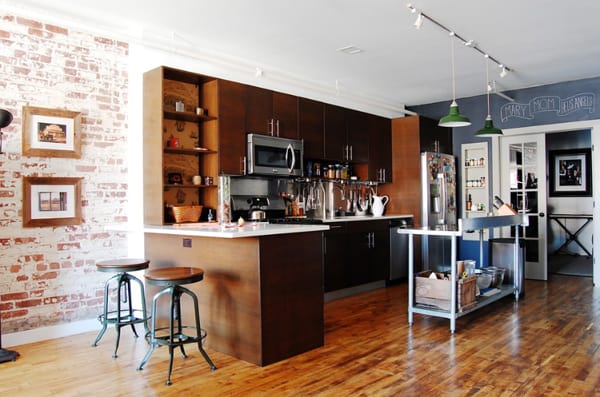


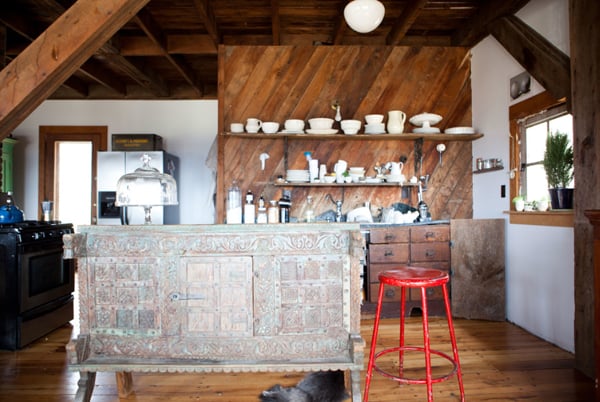

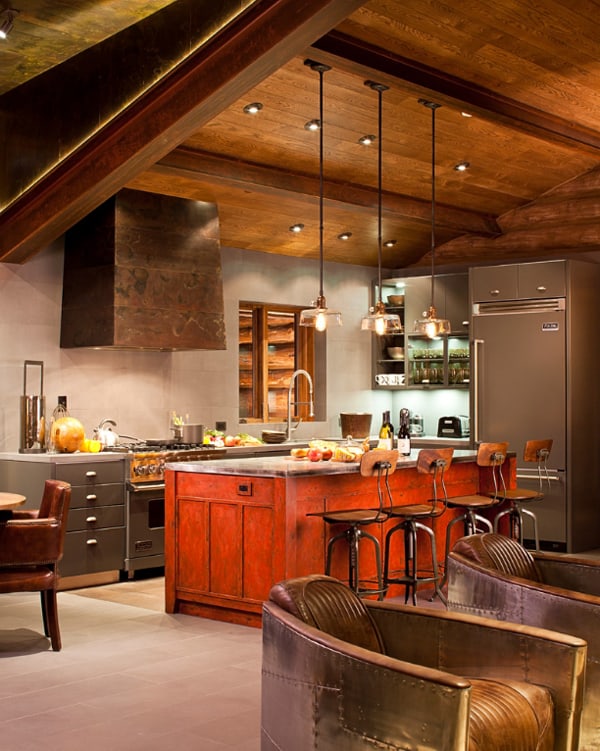
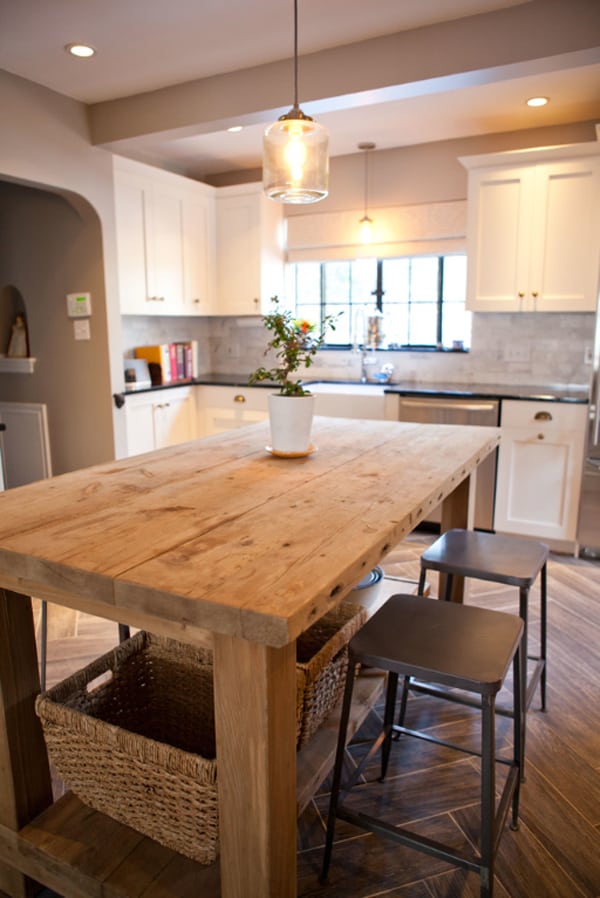
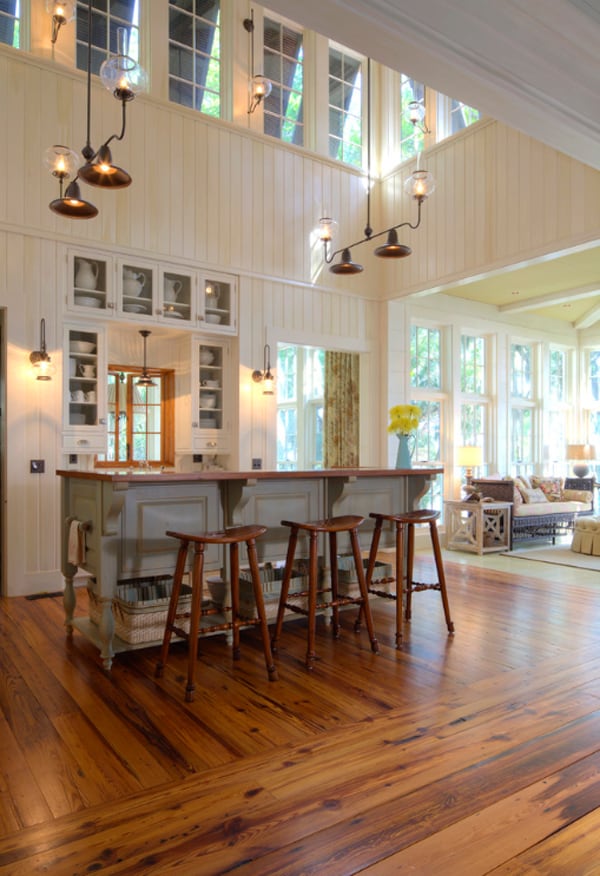

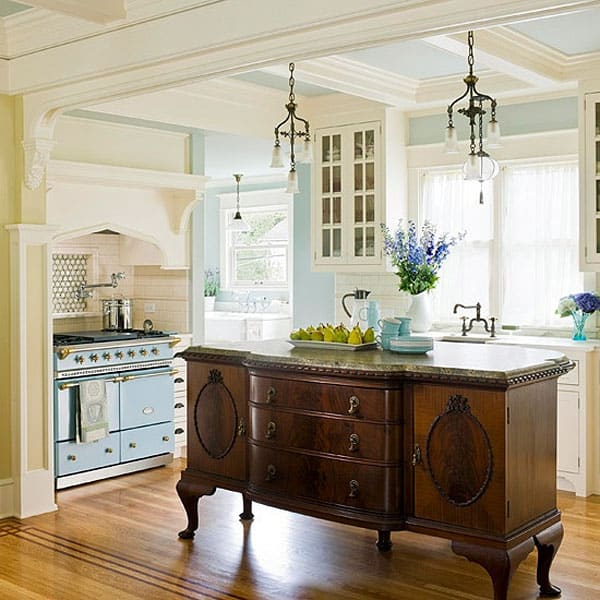
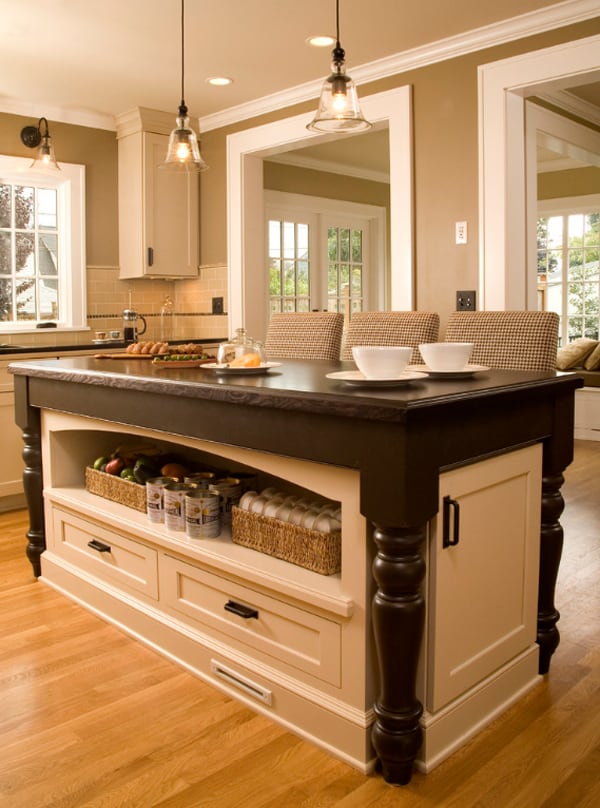
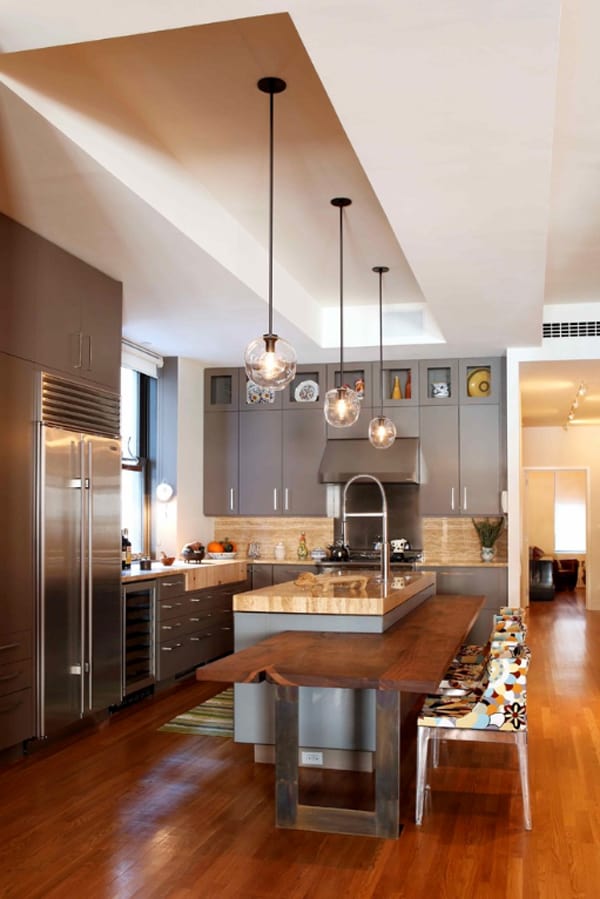
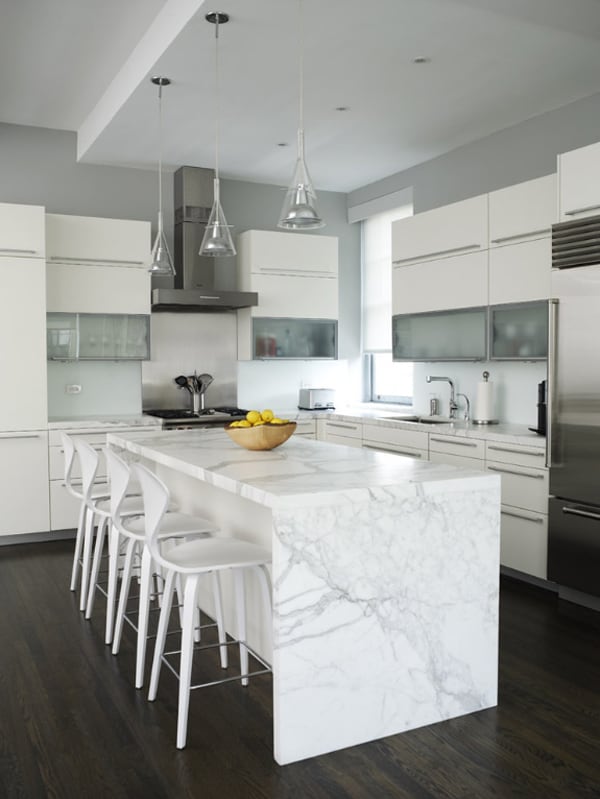
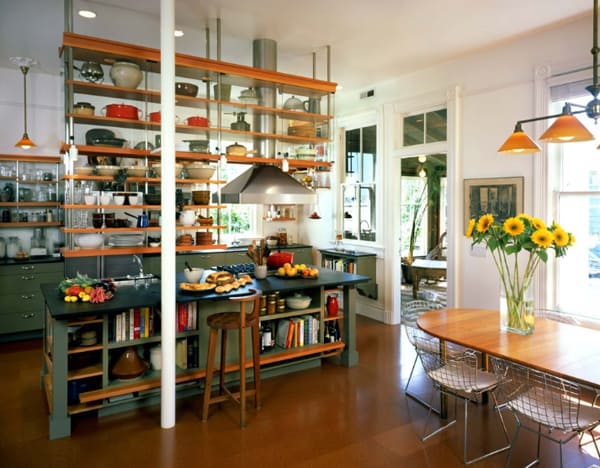
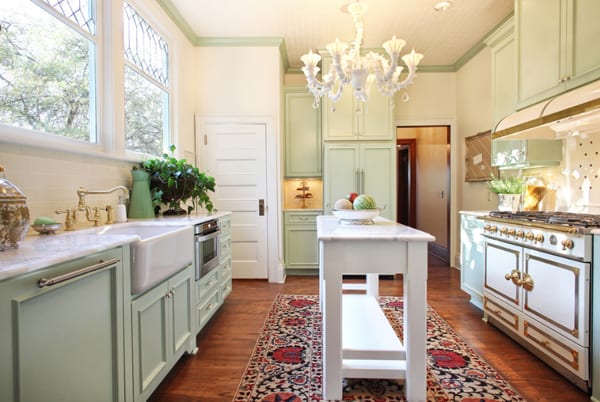
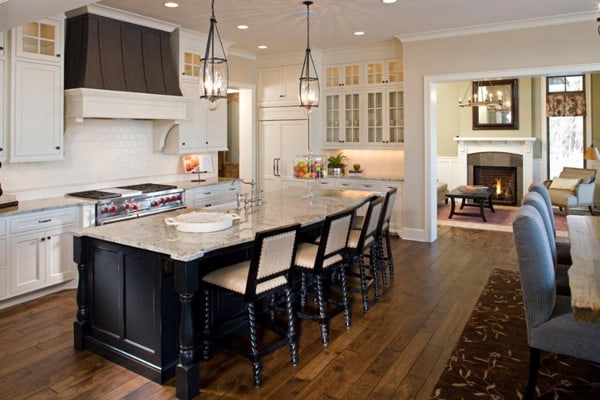
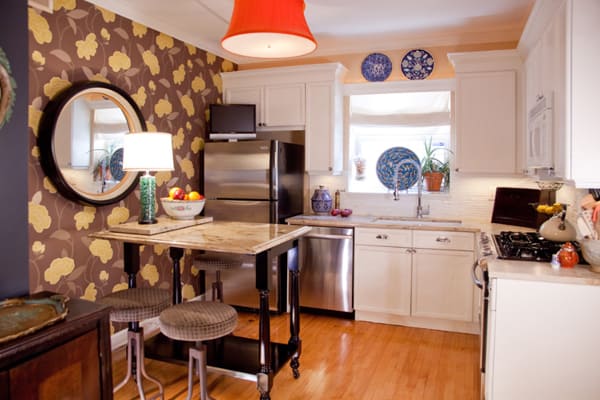
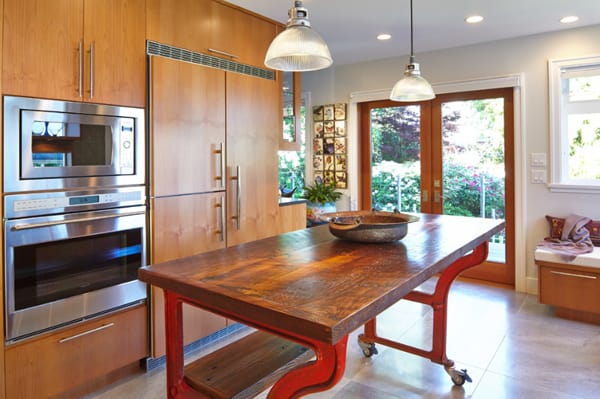
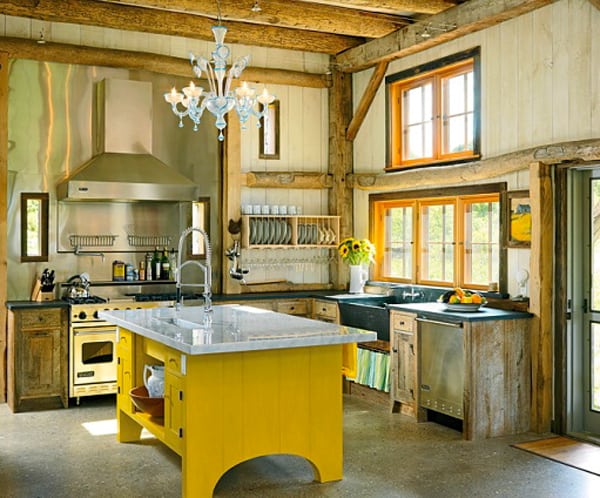
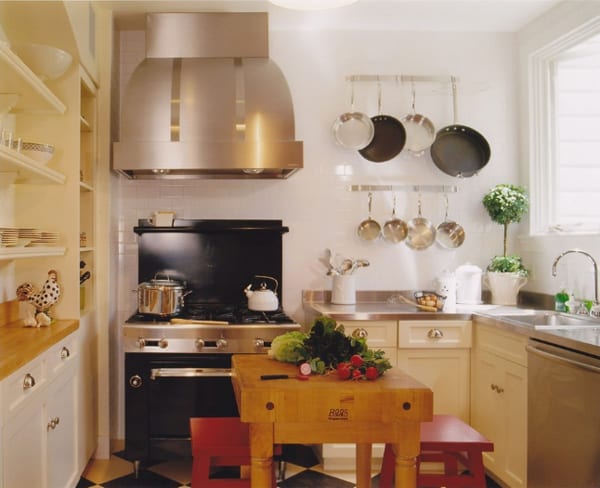
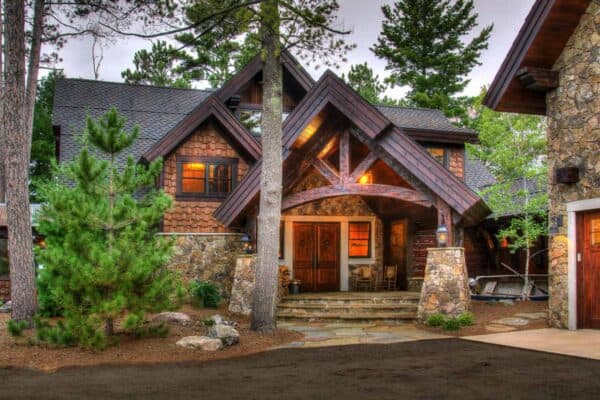
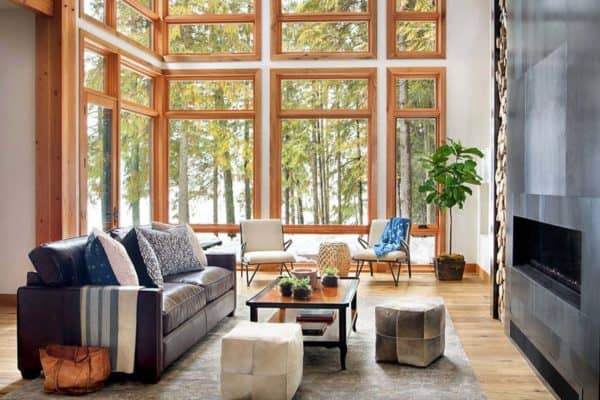

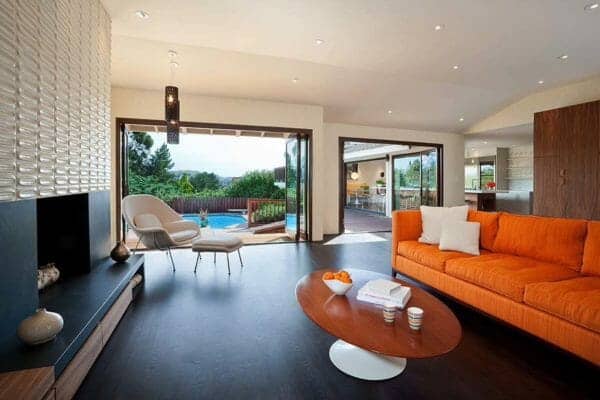
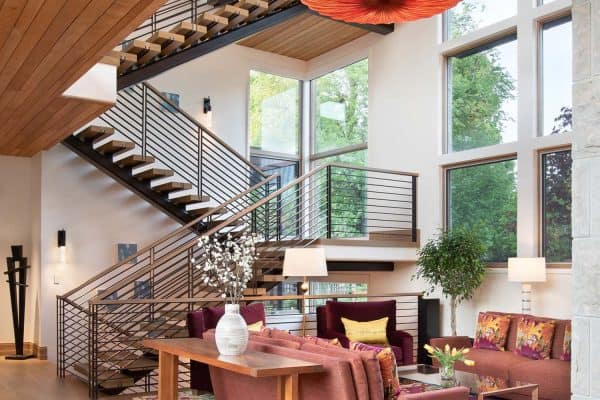

1 comment